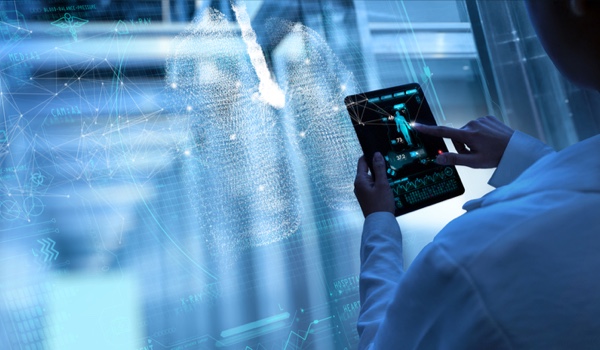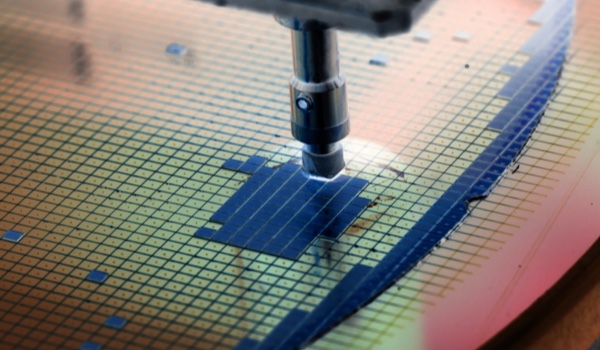


DENVER, COLORADO - Healthcare is evolving to become more predictive, preventative, personalized and participatory (P4). P4 medicine embodies the healthcare of the future, and artificial intelligence (AI) is the roadmap by which to plot its course. The incorporation of AI into healthcare improves access and quality, and significantly reduces costs and improves clinical outcomes, while complementing physicians’ efforts.
The pandemic has highlighted the elements of P4 medicine and accelerated innovation, quickly bringing products to the market and exploring innovative ways to ensure adequate patient diagnostics. P4 medicine and AI share the following characteristics:
- P4 medicine aims to be predictive; AI is programmed to be prognostic.
- P4 medicine seeks preventative measures; AI is designed to be anticipatory.
- P4 medicine embraces personalized care; AI learns by being adaptive.
- P4 medicine encourages physician/patient participation; AI thrives on inclusive and participatory acts.1
After the pandemic, the world still faces massive challenges in detecting and diagnosing many life-threatening illnesses, infectious diseases, chronic medical maladies, and cancer. Patients are best helped by prevention, early detection, and diagnosis, and AI is rapidly becoming indispensable in healthcare. Several successful applications exist, ranging from applying pattern recognition software to pre-process and analyze digital images, to deep learning (DL) algorithms for the subtyping of disease classification. We need to incorporate AI, which is application-rich and accepts small amounts of data, to solve some of the most critical problems facing us in h
The content herein is subject to copyright by The Yuan. All rights reserved. The content of the services is owned or licensed to The Yuan. Such content from The Yuan may be shared and reprinted but must clearly identify The Yuan as its original source. Content from a third-party copyright holder identified in the copyright notice contained in such third party’s content appearing in The Yuan must likewise be clearly labeled as such. Continue with Linkedin
Continue with Linkedin
 Continue with Google
Continue with Google







 5491 views
5491 views










